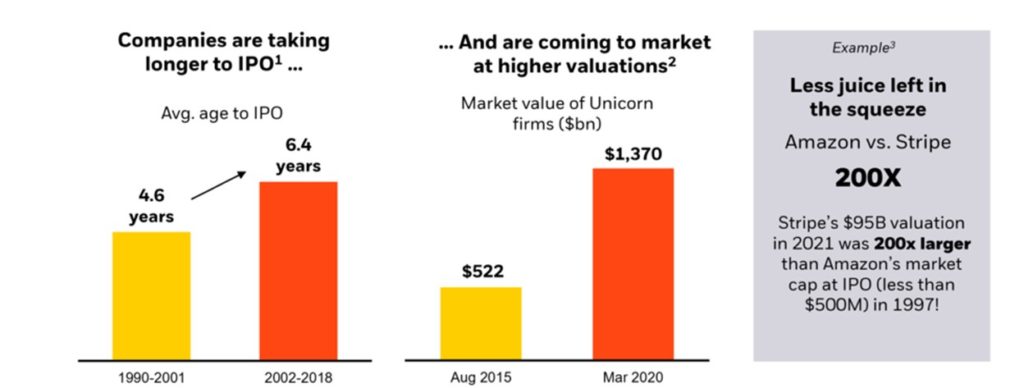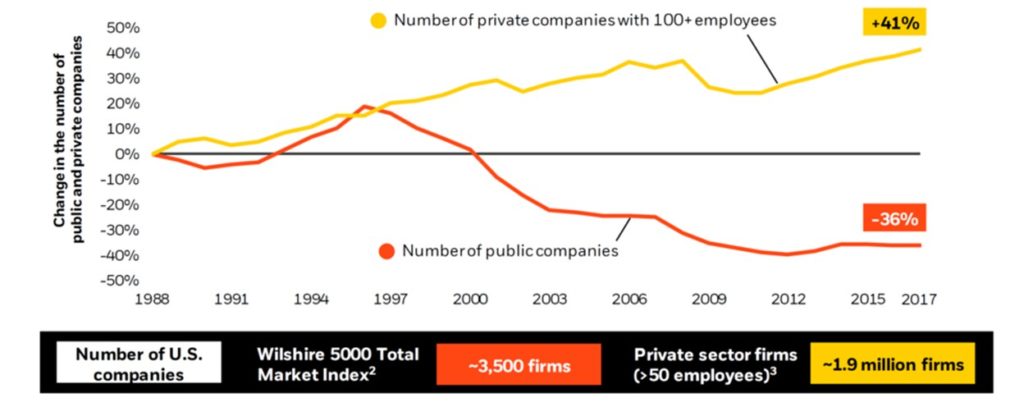Take a Number
Seven weeks ago, I was standing in a rustic, beautifully decorated back room of a local restaurant, toasting my son and soon-to-be daughter-in-law on the eve of their wedding. It was the culmination of months of planning, coordination, scheduling, and maybe a few tears here and there. (And that was just the toast.) Before I stood, I watched the two of them engaged, separately, with various family members from ages 7 to 72. Barely able to finish one conversation without being brought into another. In-between, they were able to share a glance if only for a moment. And in the midst of all of that busyness, they made every person in the room feel like the one being celebrated. And despite the growing bar tab (thank you, Uncle Tom), the looming dinner bill, and my growing curiosity as to the cost of the 72 table arrangements, the only thing that truly mattered was the glow around her face and the adoration in his eyes for his bride. And my heart was delighted in that moment. It would prove to be worth every penny.
Seventy-two hours earlier… I had just finished a series of hour-long 401(k) presentations to various groups when my voice definitively called it a day. It was done. Gone. Forcing the words only produced pain. So, there I was, a few days before my son’s rehearsal dinner, with the inaugural toast to give and a song to perform (believe it or not), and I couldn’t speak without pain. Those were a long 72 hours…
For just a few moments, let’s put the number 72 in a different context. Do you remember those days in school when you had to memorize formulas to find certain areas, lengths, or angles or whatever? Sure, you do! Who can forget those nights at the dinner table grappling with the Quadratic Equation, or maybe that family favorite, the Pythagorean Theorem? And you said to your parents, “When am I ever going to use this?” And maybe you’ve even heard that from your kids? And while you agreed with them, you certainly couldn’t let on that you did. Well, today, we’re going to cover a formula the entire family can use.
It’s The Rule of 72, and it’s a simple mathematical formula used to estimate how long it will take for an investment to double. Easy to remember and even easier to use. It’ll give you a quick and rough idea of the potential growth of your investments over time. The formula for the Rule of 72 is: Years to Double = 72 / Annual Rate of Return. Here’s how it works:
Let’s say you have an investment that earns an annual rate of return of 8%. Using the Rule of 72, you can quickly estimate how long it will take for your investment to double:
Years to Double = 72 / 8%
Years to Double = 9
So, with an 8% annual return, it would take approximately 9 years for your investment to double in value.
Okay, let’s say you’re 25 years old and have 30,000 to invest. And you plan on earning 8% annually. What does the Rule of 72 look like for you?
At 34, you’d have approximately $60,000
At 43, you’d have approximately $120,000
At 52, you’d have approximately $240,000
At 61, you’d have approximately $480,000
At 70, you’d have approximately $960.000
Now, allow me to remind you of a few key points here. This calculation is based on a one-time deposit of $30,000. This does NOT include any annual contributions you may be making, nor does it include any employer contributions you may be receiving if this were 401(k) account, for example. Yes, that’s potentially even more money in your account. Pretty powerful stuff, huh? Not impressed? Well, you could have chosen to purchase a new vehicle with that money. Drive it off the lot and it’s now a $27,000 vehicle. (You get the point.)
A few important caveats: The Rule of 72 is most accurate for growth rates or assumed rates of return that are between 6% and 10%. For very high or very low interest growth rates, the approximation may become less accurate. The Keep in mind that the Rule of 72 is just a rough estimate and not an exact calculation. Actual investment returns can be affected by various factors such as inflation, taxes, market volatility, and fees. Nevertheless, it’s a handy tool for understanding the potential growth of investments and making quick calculations when evaluating different investment opportunities.
So, before I get back to the rehearsal dinner, I did a quick internet search on the number 72 and here’s what I found:
“When you see the number 72 repeatedly, it is a sign that the universe is trying to tell you something. This number is all about abundance and prosperity, so when you see it, it means that the universe is trying to let you know that good things are on the way!”
Sounds like hogwash to me, but my voice did return in time for me to fulfill my father of the groom duties. I’ll chalk that up to prayer and a small steroid shot in the rear end. I can recommend both for what ails you. And speaking of prayer, my wife has been praying for years for the woman who would be our son’s bride. I prayed for football scholarships. We both had our prayers answered, but he chose med school. Whatever.
Praying now for many happy years together. Seventy-two sounds like a great place to start.
To further discuss the rule of 72 or the services provided by CapSouth, contact our office at 800.929.1001. Or if you’d first like to take a look around our website to learn more about us and our team, visit www.CapSouthWM.com or www.CapSouthWM.com/what-we-do/
By: Billy McCarthy, Wealth Manager
CapSouth Partners, Inc, dba CapSouth Wealth Management, is an independent registered Investment Advisory firm. Information provided by sources deemed to be reliable. CapSouth does not guarantee the accuracy or completeness of the information. CapSouth does not offer tax, accounting or legal advice. Consult your tax or legal advisors for all issues that may have tax or legal consequences. This information has been prepared solely for informational purposes, is general in nature and is not intended as specific advice. Example(s) utilize an assumed or sample rate of return. CapSouth makes no guarantee any assumed rate of return can be achieved.




